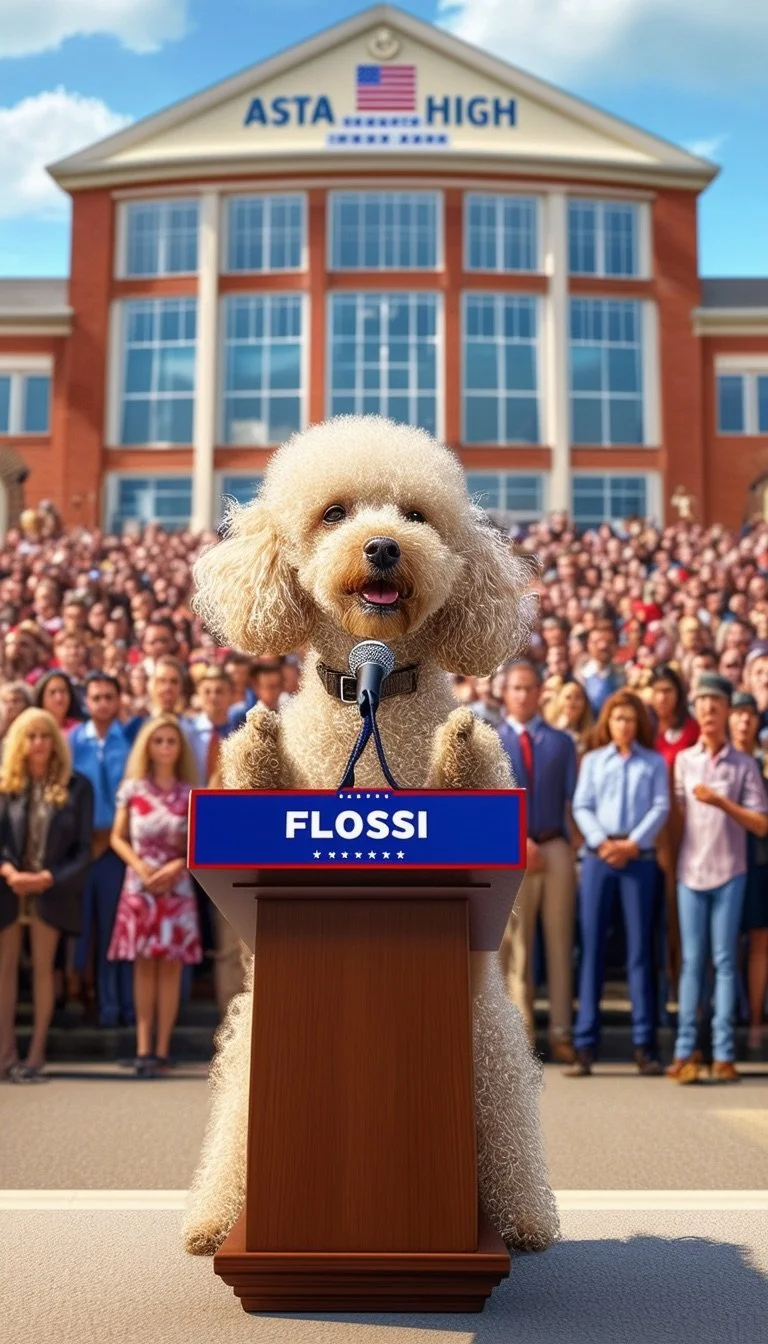Flossi: Sniffers to Sniff Out Guns in Schools
A dog's ability to sniff out items such as guns is rooted in its extraordinary olfactory system. Dogs possess up to 300 million olfactory receptors in their noses, compared to about 5-6 million in humans. This allows them to detect even the faintest odours associated with firearms, such as the chemicals present in gunpowder, oils, and metal residues.
Key Scientific Factors:
1. Olfactory Receptors: Dogs have many olfactory receptors and a specialised olfactory bulb in their brain that is 40 times larger (proportionally) than in humans. This allows them to process complex scents.
2. Scent Differentiation: Dogs can separate distinct chemical compounds from a mixture of smells. Firearms contain specific chemicals, such as nitroglycerin, smokeless powder, and other residues, that give off detectable odours even when a gun is hidden or cleaned.
3. Chemical Breakdown: Firearms leave behind minute traces of oils and metallic residues on surfaces, and dogs can detect these with great accuracy. For example, when a gun has been fired, the gunpowder residues leave distinct chemical signatures that dogs are trained to recognise.
4. Training: Detection dogs are trained using operant conditioning. They are exposed to different scents related to firearms, such as gunpowder, oils, and metals, and are rewarded when they correctly identify them. Over time, dogs learn to detect firearms reliably or when the weapon is well concealed, even in complex environments.
Dogs' olfactory abilities are so advanced that they can detect faint traces of chemicals in parts per trillion.


